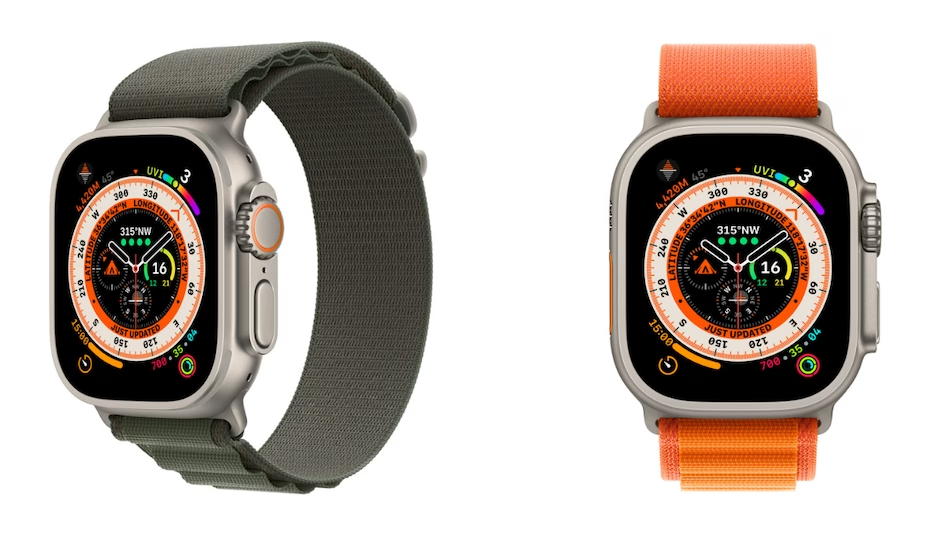
Apple Watch Series 10 is expected to include a blood pressure monitoring feature, offering valuable health insights to users. (Apple)
Apple introduced its latest additions to the wearable tech lineup, unveiling the Watch Series 9 and the Watch Ultra 2 in September of the previous year. Continuing the tradition of their predecessors, these new wearables aim to provide users with crucial health insights directly on their wrists. Through monitoring heart rate, blood oxygen levels, sleep patterns, physical activity, temperature, and more, users can gain valuable information about their well-being.
Rumors suggest that Apple is gearing up to introduce a new blood pressure monitoring feature with the upcoming Apple Watch Series 10. This feature is expected to enable wearers to track trends in their blood pressure over time. A similar feature is already available on Samsung's Galaxy Watch 6 and Galaxy Watch 5 models, providing users with insights into their cardiovascular health.
According to Bloomberg reporter Mark Gurman's insights in his recent Power On newsletter, all signs indicate that the Apple Watch Series 10 will include a blood pressure monitoring feature when it launches later this year. However, it seems unlikely that this capability will be extended to older models through software updates, hinting at it being a hardware-specific addition.
The integration of blood pressure monitoring into the Apple Watch could potentially revolutionize how individuals manage their health, reducing the need for frequent visits to clinics for conventional blood pressure readings. By allowing users to track their blood pressure continuously, the Apple Watch could aid in the early detection of conditions such as hypertension and heart disease.
While Apple is poised to join the ranks of tech companies offering blood pressure monitoring support in smartwatches, it's not the first. Samsung has already implemented ECG and blood pressure monitoring capabilities in its Galaxy Watch 4, Galaxy Watch 5, and Galaxy Watch 6 series, accessible through the Samsung Health Monitor app. Additionally, Huawei's Watch D also features an automatic blood pressure monitor, demonstrating a growing trend in integrating health-monitoring functions into wearable devices.















